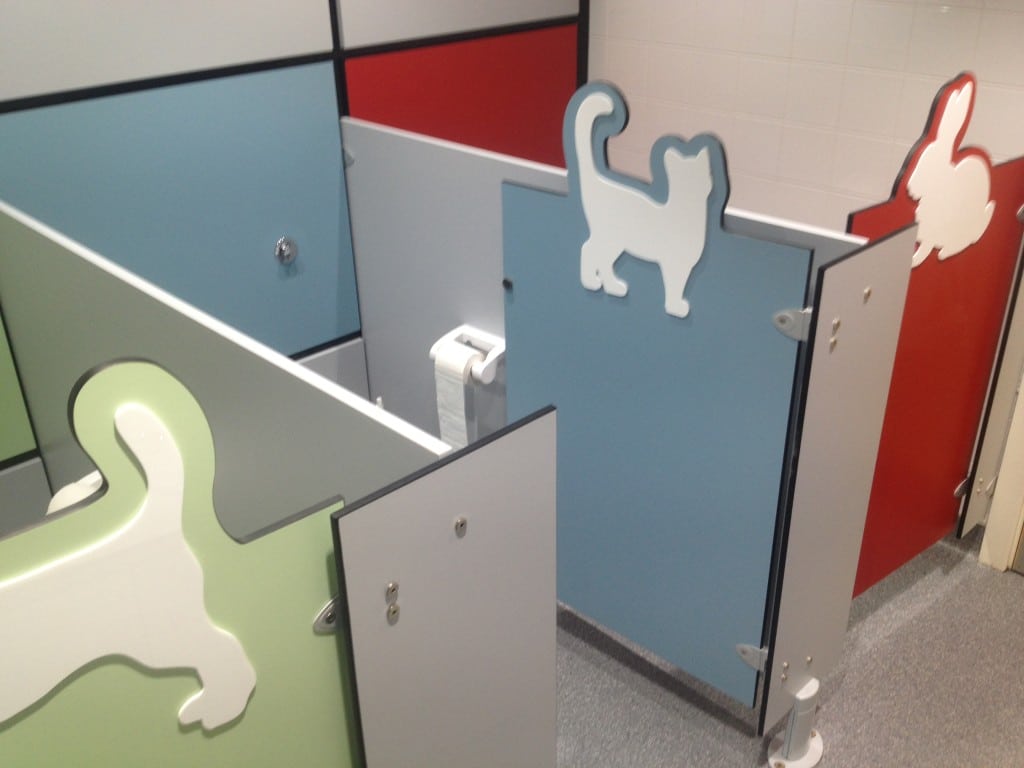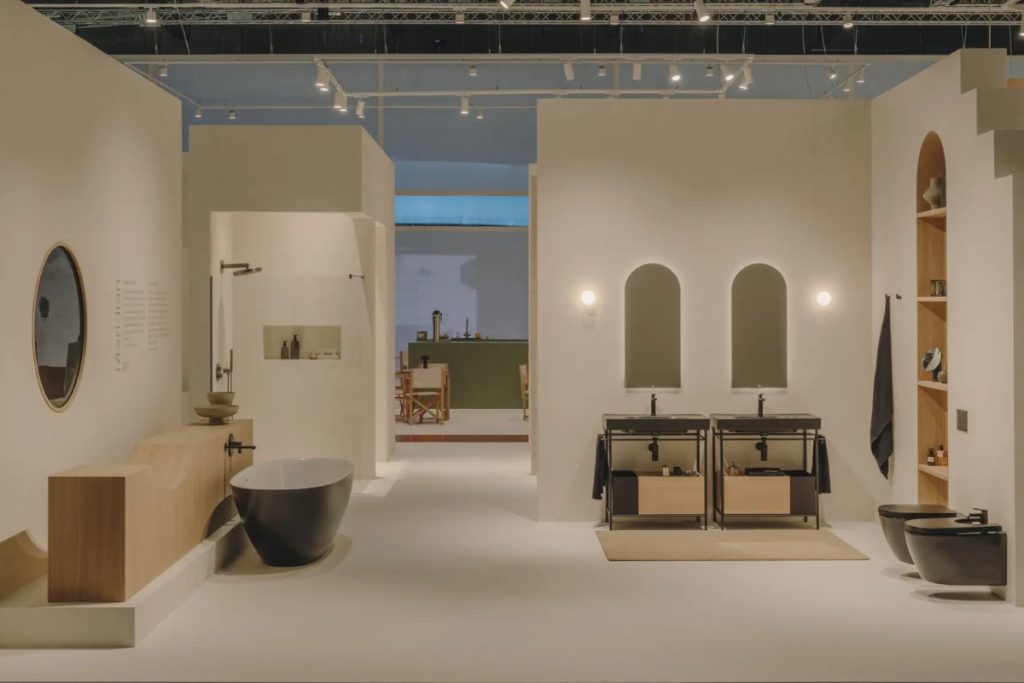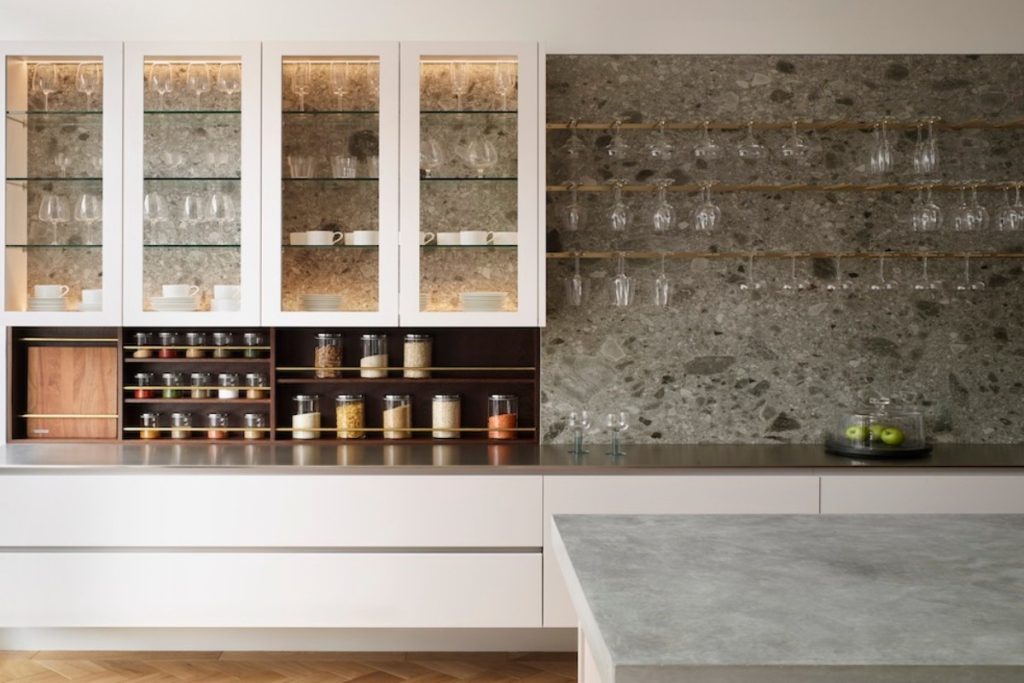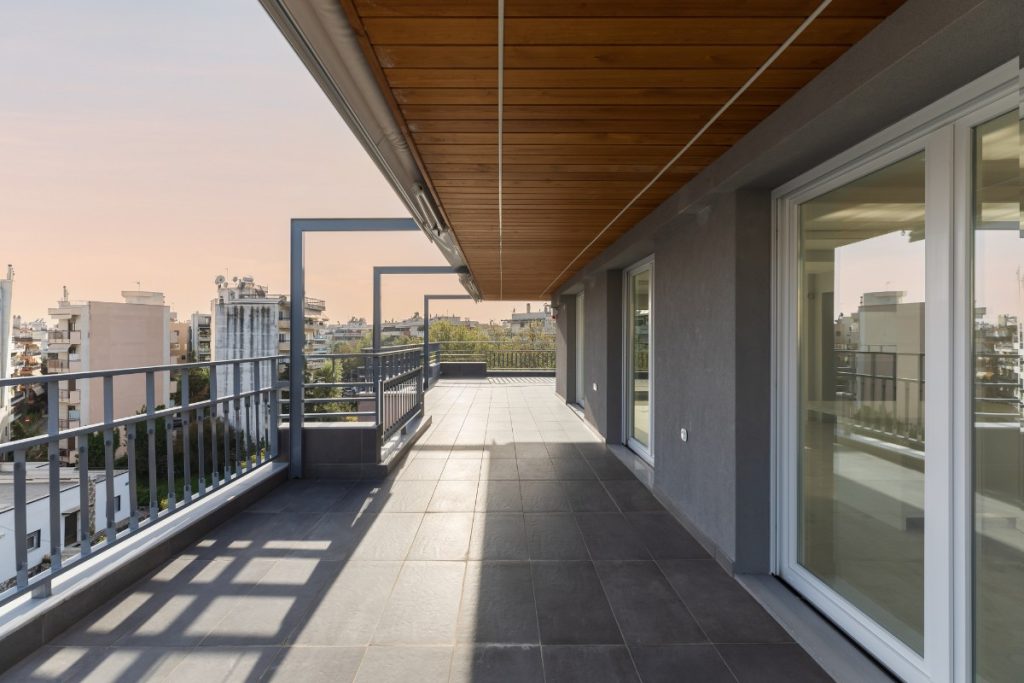 9th April 2014 | IN DESIGN ADVICE | BY SBID
9th April 2014 | IN DESIGN ADVICE | BY SBIDIn the previous segment (Click here to read Part 1) of this article, we talked to the Design Manager of Innova Design Solutions, Peter Cunningham, about his views on the changing face of our children’s classrooms.
Continuing the interview, we get into more specific details about the type of furniture and furnishings that go into contributing to a positive schoolroom atmosphere. Peter also gives us an insight into just how important a child’s comfort and surroundings are to their mental state and learning capacity.
Crafting a Harmony between Design and Technology
As the influx of technology on our daily lives and those of our children continues to grow, educational environments must adapt in order to fully take advantage of the many benefits such advancements offer. The bottom line here is a flexible approach. “Technology is constantly evolving and as such, “flexibility” is key to being able to adapt to the changing environment. Our teacher walls, for example, house interactive TVs, replacing whiteboards,” says Peter.
However, classroom design shouldn’t forsake traditional models completely to pander to technological needs. Instead, a balance should be struck. “Design of classrooms has to be flexible to accommodate technology in independent study as well as group discussions. Understanding the needs of the users in a room is also an important factor. If a teacher is looking for a room which can be used to teach written theory work as well as the occasional work based on laptops, the room needs to have sufficient power sockets throughout the room to give the teacher flexibility.”
Flexible Furniture for an Accommodating Atmosphere
One of the best ways to ensure flexibility in the classroom is with flexible furniture. “A clever combination of loose and fitted furniture will ensure a classroom meets future technological demands,” remarks Peter.
“How well space is utilised is crucial to how successful a classroom is as a working area to bring the best out of students. As well as meeting regulations governing the amount of users in a particular area, a classroom must be able to provide good circulation for interaction and collaborative teaching. A crowded, cluttered space does nothing for ease of movement, communication or concentration.”
Indeed, US company Smith System has released the Flavors Noodle desk chair, which lets students tilt left, right, forward, and backward in their seats.
Whilst some critics may dismiss such innovations as nothing more than passing fads, Peter recognises the importance of ergonomics and comfort in the classroom.
“Smith System is addressing a real concern that is based on hard research. Products that address the long term effects caused by uncomfortable furniture are a good thing. Choosing the right furniture, which is designed to encourage good habits such as a healthy posture, has therefore become more important than ever.”
Peter goes on to outline some instances of advanced seating he himself has implemented. “We advocate the use of ergonomically designed stools in our science labs, for instance, because they are designed to inhibit slouching and fidgeting.
“We also favour saw-tooth benching in our ICT spaces because this provides more elbow room for students, and we’ve developed a fixed bench laboratory design which ensures maximum space for students and circulation space for teachers.”
Flexibility should not Forgo Fitted Furniture, however…
Despite the benefits of loose furniture, achieving flexibility doesn’t have to depend upon the eradication of fixtures. “Fixed furniture designs can also be used in various ways if the design works. Science labs, for example, can be designed with hot corners to enable group collaboration, practical and theory work.
“Another great way of meeting these various demands is to create zoned areas to break up a space, which allows quiet areas of study as well as an area for team working.”
In the end, achieving a balance between fixed furniture and that which can be freely moved is paramount for achieving a balanced learning environment.
Common Sensory Learning
The study by the University of Salford mentioned in the last segment also confirmed that sensory input had an impact on a child’s receptiveness to learning. Peter pinpoints several particular areas in which the senses play a part in the learning process. “Variables such as the flexibility of space, storage facilities, use of colour as well as natural light, acoustics, temperature and air quality were revealed to affect a pupil’s learning progress.”
In particular, he sees colour as an important factor. “We often prefer light colours which create a fresh and clean look and invariably provide for a future-proof appearance. Similarly, cool colours are often thought to enhance the ability of students to concentrate.
“Colour must be carefully considered in order to create harmony in the classroom. The right colour scheme can convert the school environment into a stimulating and exciting place.”
Input Breeds Ownership, Breeding Inspiration
If a student feels more attached to their environment, they will be more likely to respond better to it and as a result perform better. One way to achieve this is to incorporate their input, says Peter. “Involving the end-users of the space in the design process is critical. By listening to teachers and students and really understanding their needs, a space can be created which works both on a practical level as well as inspiring and motivating students to learn.
In particular, Peter lists two examples from his experience of how feedback and input had created a better atmosphere. “School councils are also a great way to get students on board. A dining room refurbishment we carried out at a secondary school was heavily influenced by a student council, with students raising funds to finance the project.
“Another example of student ownership is a toilet refurbishment we carried out at a primary school. We based the design around an animal theme, with each toilet cubicle representing a different animal. Students love the new toilets and even have a favourite “animal cubicle”.
Speaking of bathroom-design innovation, such a private space is also a good area to implement higher security and privacy designs; an idea wholly endorsed by students. “Pupils need to feel comfortable and safe in schools. Toilets are particularly important and privacy is obviously key. That means giving consideration to cubicle partitions and doors, sight lines, eliminating hidden corners and ease of movement.”
Flexibility, Balance, Comfort, Safety
At the end of the day, the school working environment should be one the child relishes occupying and one which keeps them at ease, yet still stimulated and eager to learn. By combining a mixture of innovative design techniques, rearranging traditional classroom spaces and speaking to the students themselves, the potential of the next generation can be met, extended and expanded. As Peter says, “classroom design… needs to be at the forefront of school building design, as it’s the interiors which make a difference to learners and educators.”
Written by Rob Truslove. As an enthusiastic design fan, lover of interiors and writer, Rob contributes to a smorgasbord of varying website blogs on a number of subjects. Rob is a proud father and husband of an ICT specialist, which drives his interest in educational architecture.



